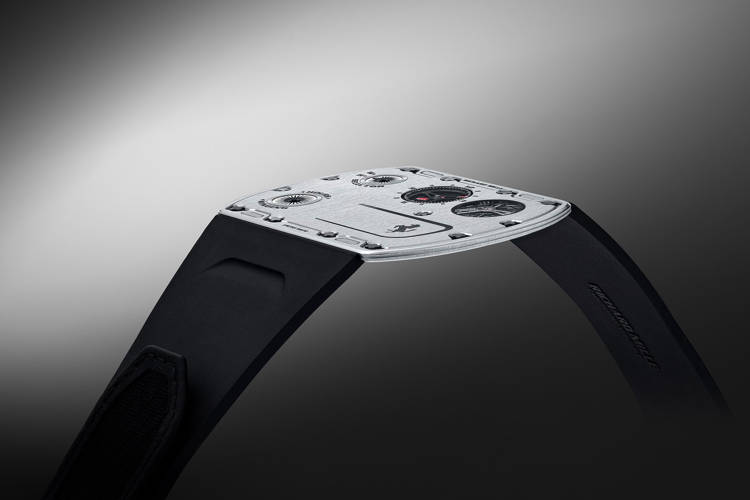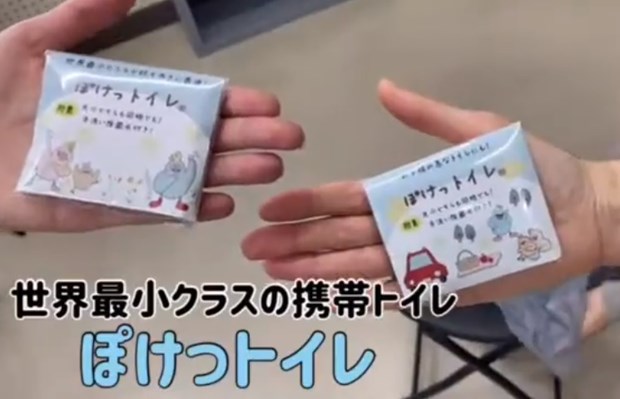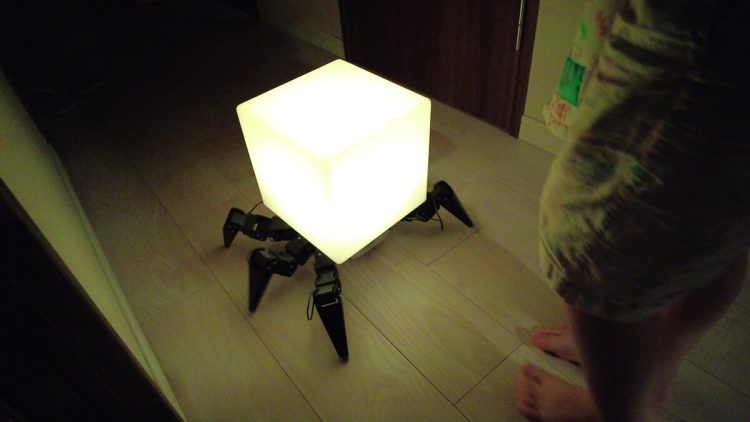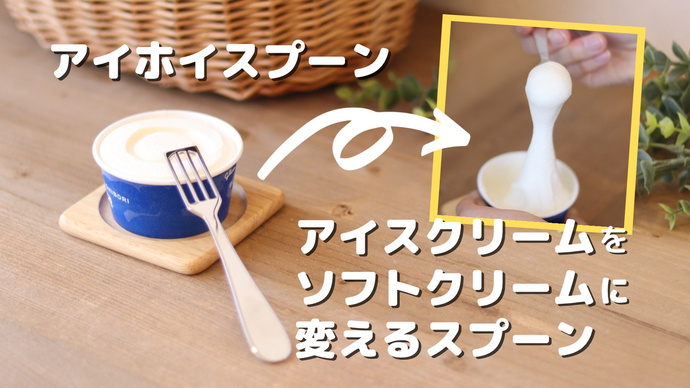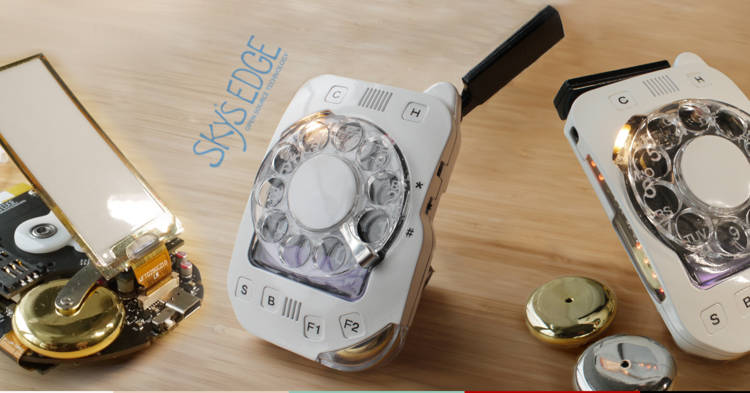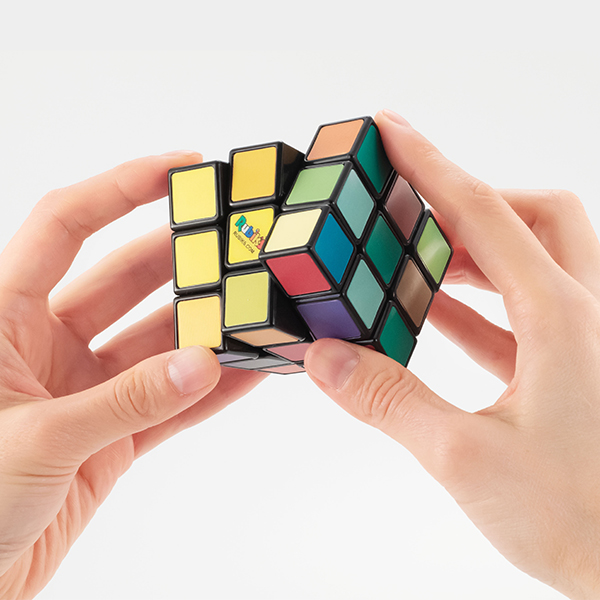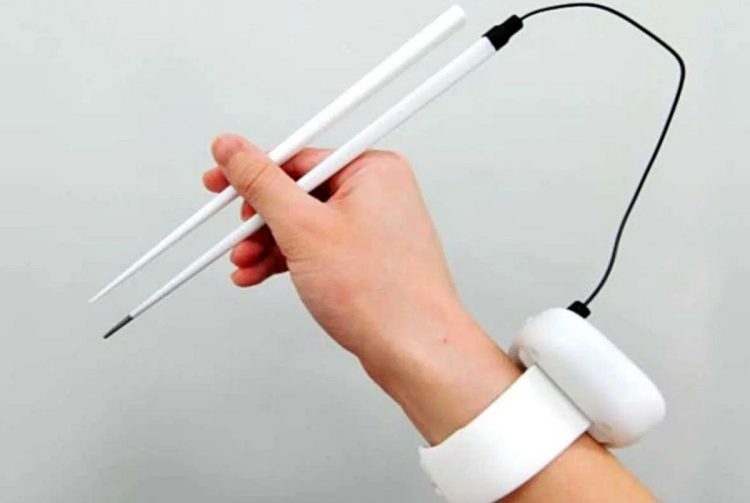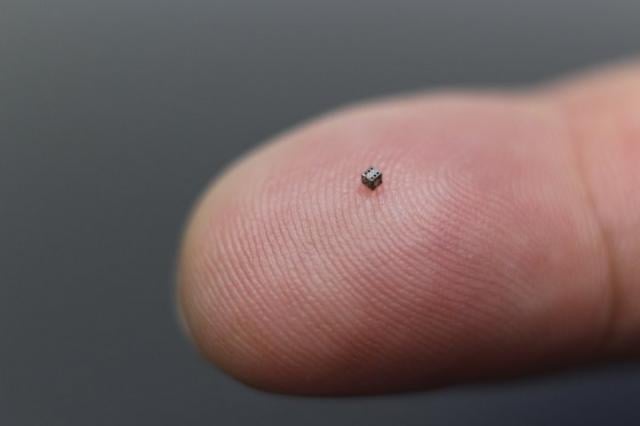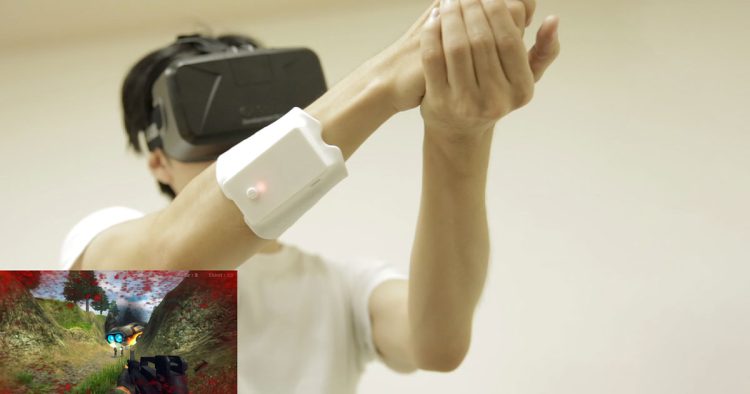A New England distillery specializing in bourbon whisky has joined the fight against an invasive crab species by using the crustaceans to create a surprisingly tasty crab-infused spirit.
“When life gives lemons, make lemonade,” the old saying goes, and the folks at New Hampshire’s Tamworth Distillery adapted it to their region-specific problem. New England’s fishermen have been complaining about green crabs devouring their shellfisheries for a while now, but with no natural predators to worry about and increasing sea temperatures working in their favor, there is little anyone can do to stop them. But little isn’t nothing, and Tamworth Distillery has come up with a way to fight the invasive species while expanding its business. They created a crab-infused bourbon aptly-named Crab Trapper.


